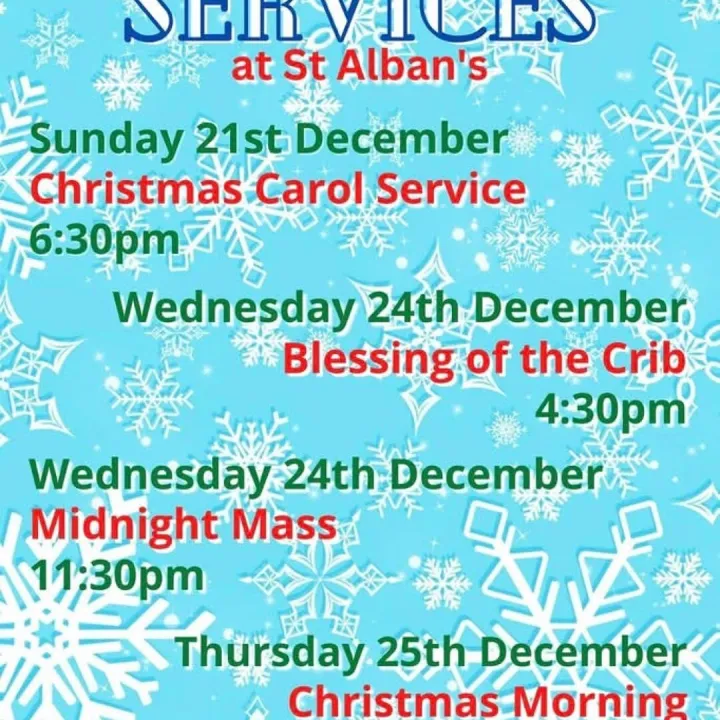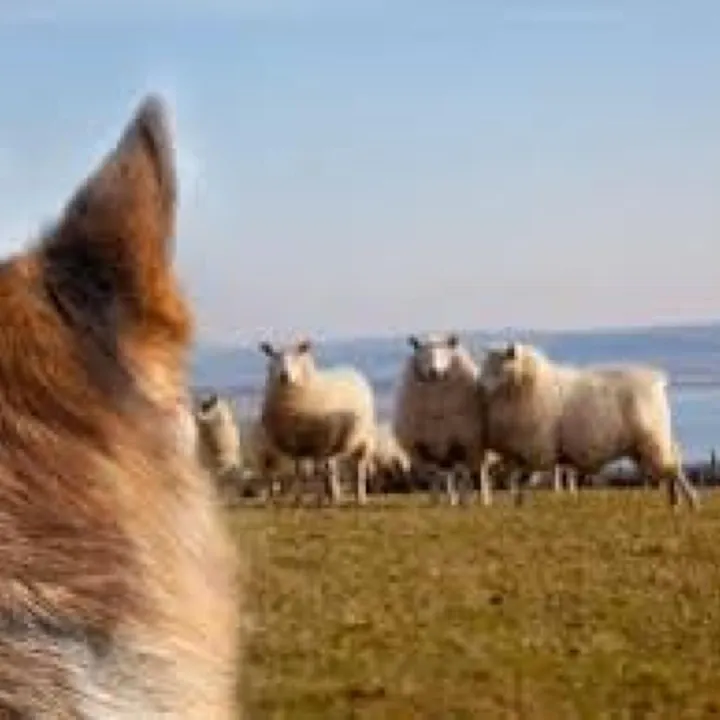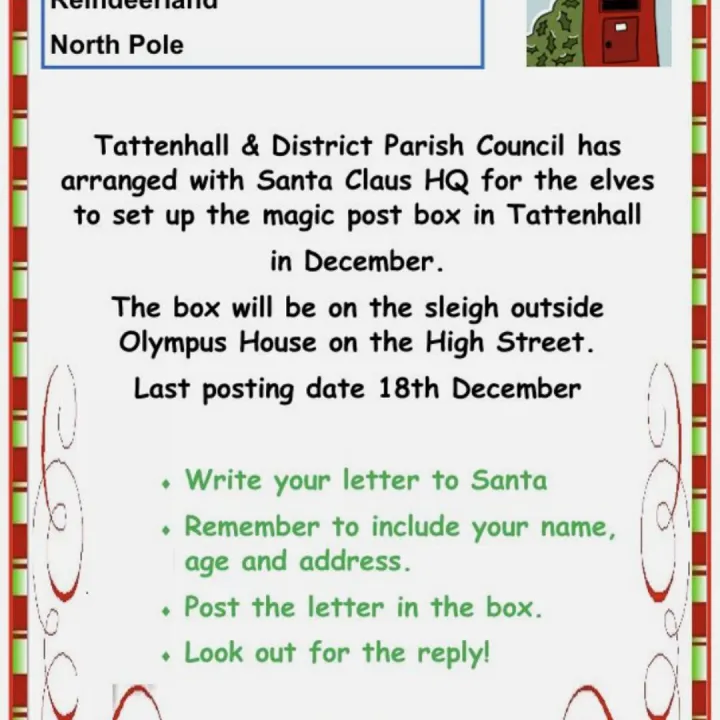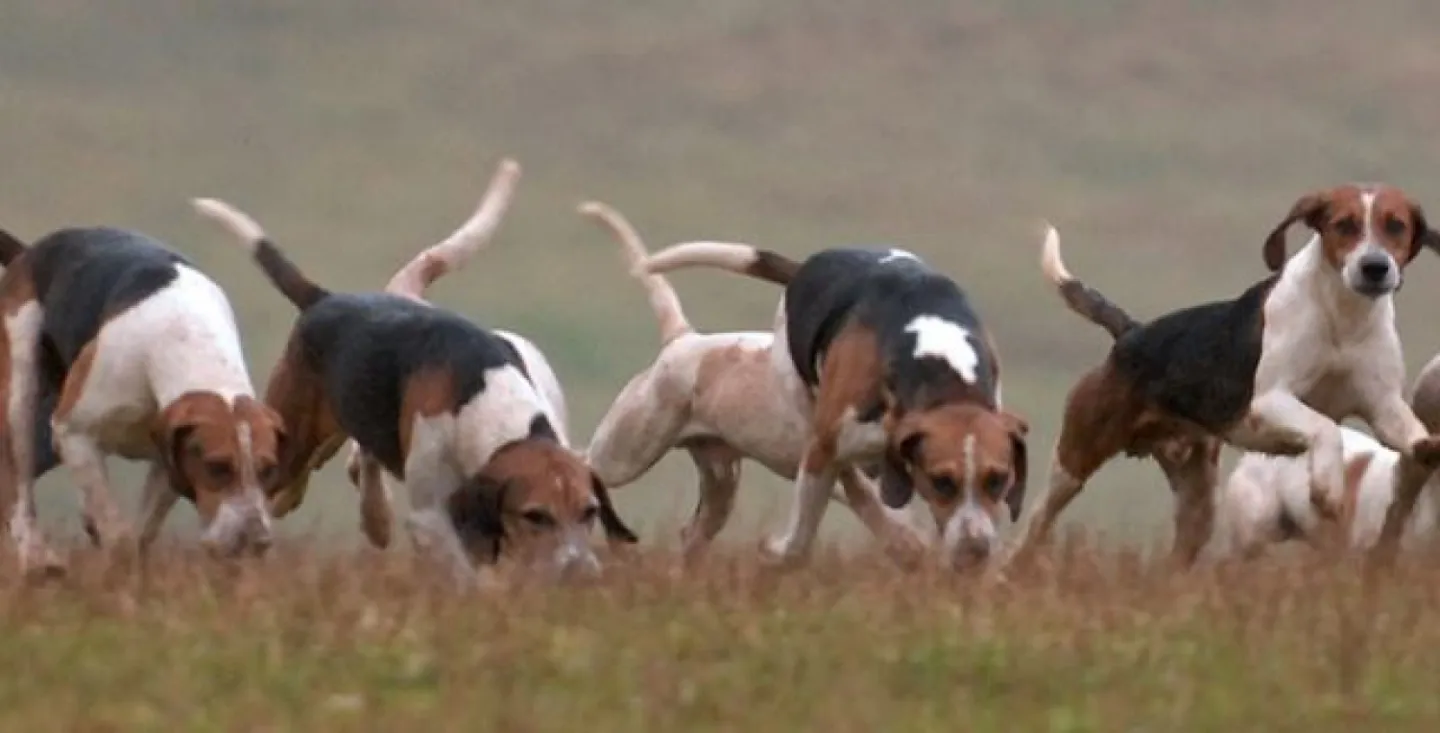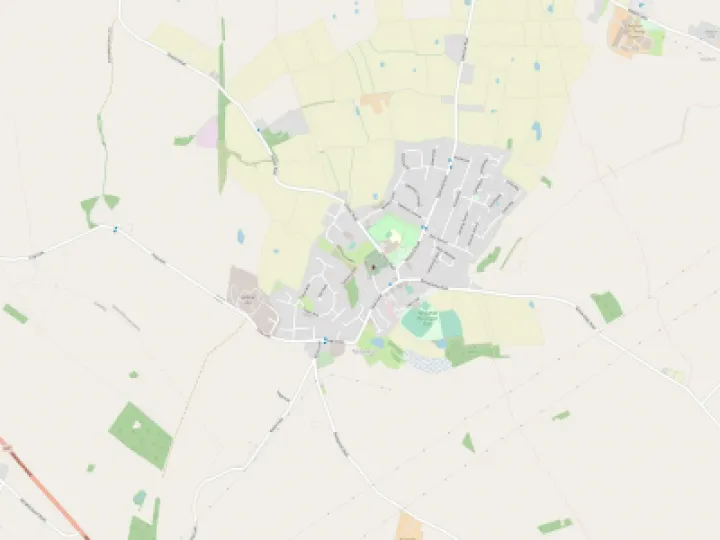Have your say on Trail Hunting
Council calls for information relating to trail hunting in the borough
Cheshire West and Chester Council has agreed to 'pause' trail hunting on Council owned or controlled land and is asking anyone with comments relating to the impact of this activity to get in touch. You can get involved by emailing your comments or booking a slot at the public evidence session via: regulatoryservices@cheshirewestandchester.gov.uk.
The call for evidence will run from Monday 27 September to Monday 18 October.
A cross-party working group has been established by the Council
- to better understand trail hunting,
- to review local evidence
- and to review the legal framework surrounding trail hunt activities
The 'pause' was agreed by the Council's Cabinet until the working group's report , with a recommended policy, is presented to Cabinet in November.
The Council's Deputy Leader and Cabinet Member for Environment, Highways and Strategic Transport, Councillor Karen Shore said; "The purpose of this information gathering is to further our knowledge to help develop policy making in this area. We'd like to hear from residents about their experiences, particularly anyone who had trail hunting take place on their land and the impact it has had, both positive and negative. Anyone who feels they have relevant information to share is encouraged to get involved."
There will also be a public evidence session on Monday 11 October between 4pm and 6pm via Microsoft teams. Led by the cross-party working group this is designed to give residents, businesses and wider partners an opportunity to present evidence and views as to how the Council can address this activity.
What is Trail Hunting?
The argument for:
According to the Hunting Office, the executive arm of the Governing bodies for Hunting with Hounds, since the inception of the Hunting Act 2004, many hunts wanting to retain their infrastructure as well as their hounds, members and activities, have been hunting within the law by changing their activities to Trail Hunting.
The aim of Trail Hunting is to simulate traditional hunting as practised before the Hunting Act came into force. During the Autumn and Winter months, packs of hounds and their followers (mounted and on foot) meet and go hunting – the general conduct of the day remains as it was prior to the Hunting Act and keeps the traditions and practises alive.
When Trail hunting, the huntsman sets off with the intention of finding and encouraging the hounds to hunt the laid trails using their noses. The hounds are encouraged and controlled by the Huntsman and Whipper In (helps the huntsman to control the hounds), in the same traditional methods of using the voice and the horn.
The Hunting day operates over land which the hunt has been invited to cross by the landowner, and the trails are laid along a route that might be taken by the traditional quarry, through hedgerows & woods, along ditches, across fields, in order to simulate the natural movement of the wild mammal as much as possible.
There is often more than one trail layer and the most common method of laying the trail is to drag a scent infected sock or cloth along the ground. Most packs use an ethically sourced, quarry-based scent which is laid from a horse, quad bike or on foot. The trail is not laid constantly, but is occasionally lifted for a distance and dropped again, thus allowing the hounds to cast (search for the scent if they lose it). The Huntsman and followers often do not know where any of the trails have been laid, so that the days hunting will mimic its realistic form.
The Argument against:
However, according to the League Against Cruel Sports, once the chasing and killing of animals was banned, those hunters who were no longer able to do this could have converted to drag hunting, as most used the same types of hounds, but they chose not to. Instead, they invented trail hunting.
- Drag Hunting, a legitimate sport created in the 1800s which was not intended to mimic animal hunting, but instead is a sport using foxhounds to search for a non-animal scent laid by a drag pulled on a string, without the pursuit or killing of wild animals.
- Trail hunting purports to mimic traditional hunting by following an animal-based scent trail (using fox urine, according to the hunters) which has been laid in areas where foxes or hares are likely to be.
- Crucially, those laying the trail are not meant to tell those controlling the hounds where the scent has been laid, so if the hounds end up following a live animal scent the hunt can claim that they did not know.
- In drag hunting the trail doesn't contain animal-based scent, is never laid in areas likely to have foxes, and those controlling the hounds always know where the trail was laid.
- This is why in drag hunting, 'accidents' when live animals are chased are very rare, while in trail hunting they are very common.
- An explosive exposé aired on ITV in November 2020 showed senior figures within the Master of Fox Hounds Association and the Countryside Alliance caught on camera admitting that 'trail' hunting is a "smokescreen" for the chasing and killing of foxes.
Now is the time to express your opinion to the Council
Get In Touch
Tattenhall Online is powered by our active community.
Please send us your news and views using the button below:


